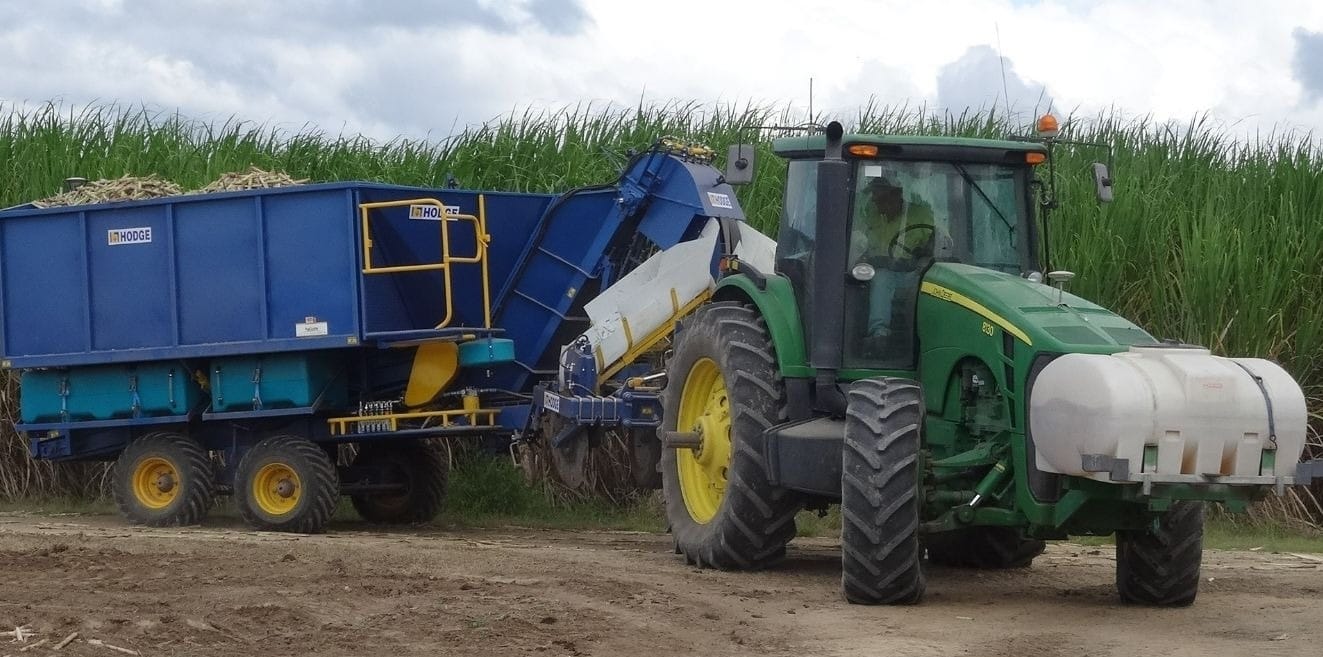
Lean Thinking defines wastes as work that adds no value to the customer. The well-known Seven Wastes are transportation, inventory, motion, waiting, overproduction, over-processing, and defects. These wastes were originally targeted at manufacturing processes. However, when it comes to the office and service environment, wastes tend to be more difficult to recognise and thus more difficult to eliminate.
LEARN THE TOP NINE TIPS TO SUSTAIN THE LEAN OFFICE
As strategist Sun Tzu said, “Knowing yourself and knowing your enemy, you will win every war”. To reduce waste in the office, we need to know what they are and how they present themselves. We can categorise 3 Key Wastes in business from our many years of experience in implementing Lean in the office and service environment
The 3 Key Wastes are: boundary waste, knowledge waste, and timing waste.
Boundary Waste
This can be caused by hand-offs or the transfer that occurs between people, department or companies.
It presents itself in 3 typical forms:
- Useless information – Efforts and costs associated with gathering information that will never be used. Waiting for data, signatures, answers, decisions, milestone events, revision meetings, or availability of key tasks.
- Large batches of information – Lead time increases significantly due to waiting for large batches of information.
- Redundant tasks – There are many redundant tasks (e.g. inspections and revisions) in the process, some of which can be eliminated.
Knowledge Waste
This can be caused by a lack of standardisation or quality management over the knowledge system.
It presents itself in 3 typical forms:
- Unshared knowledge – Information or knowledge processed by some individuals or computerised knowledge, that is not shared with others.
- Reinvention – This includes reinventing existing knowledge. It also includes the continual need to create new knowledge as there’s no standard.
- Quality problems – This includes rework and information of a substandard quality being transacted. It also includes quality control problems in the delivery of a product or service.
Timing Waste
A waste of time in the business process is usually caused by poor time management surrounding the planning of tasks.
It presents itself in 3 typical forms:
- Lack of load levelling – A lack of stability and overburden will generate queues and variations on the lead-time.
- Tasks which are “Stop and Go” – Each time a person needs to resume his/her task after an interruption, requires a new “setup”.
- Lack of synchronisation – Tasks are done too early or too late will generate waiting for other tasks and a long lead-time. To prevent this problem from occurring, we should ask ourselves the following questions: What is the priority? How is the priority defined? What is the right moment to start this task?
Do you recognise any of the 3 Key Wastes occurring in your office?





